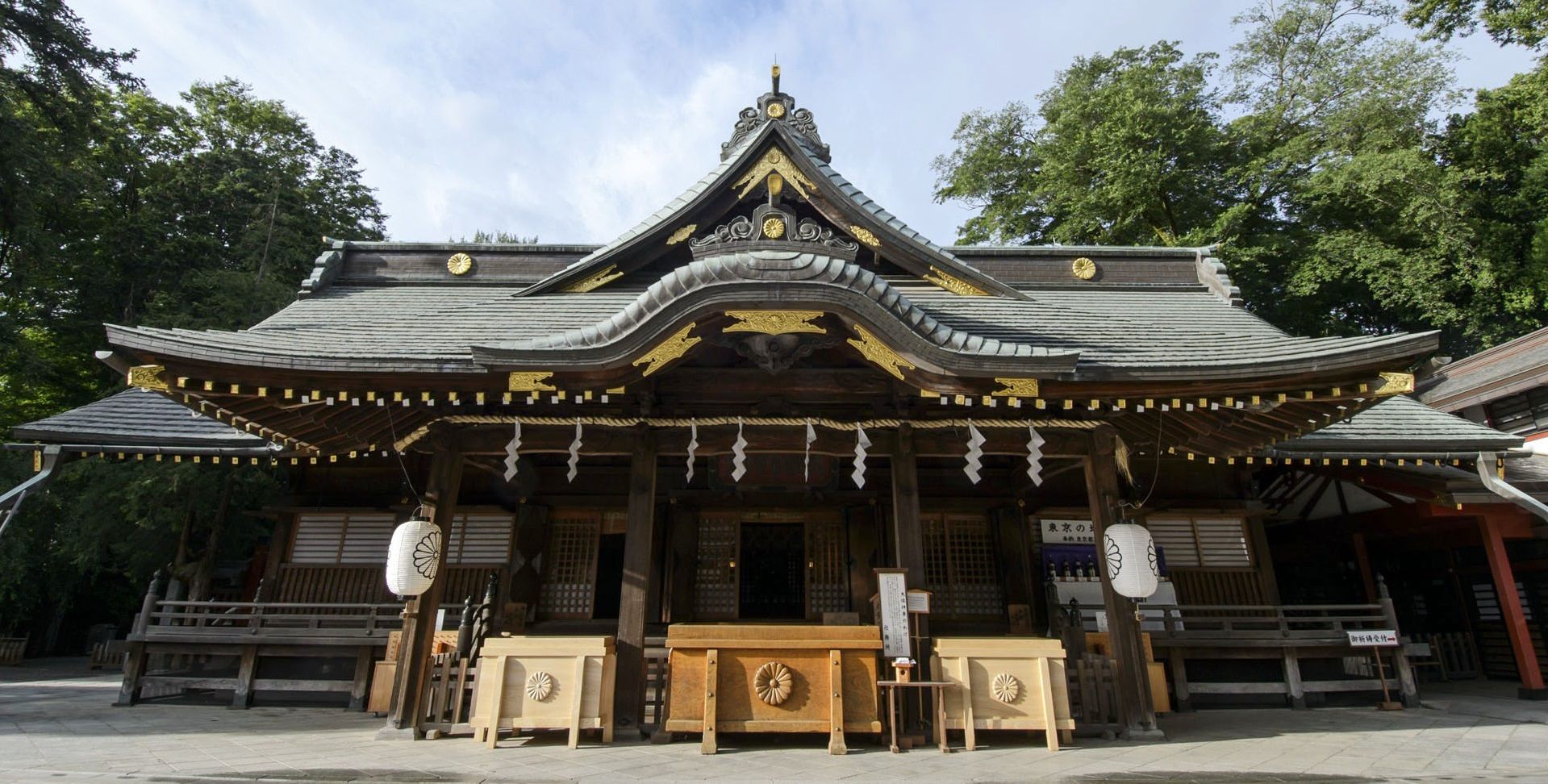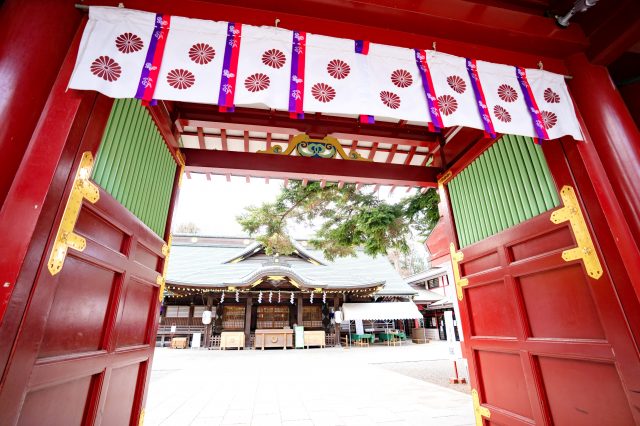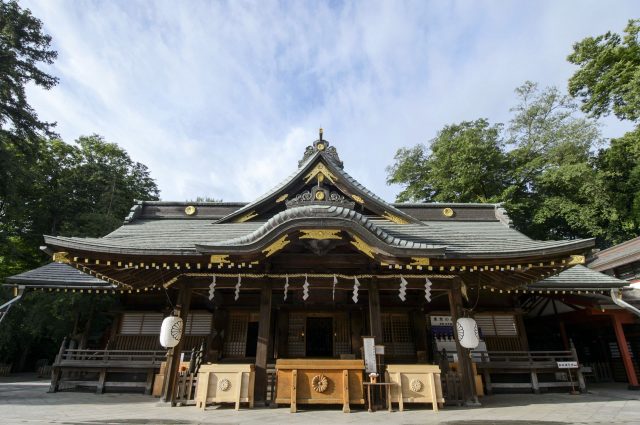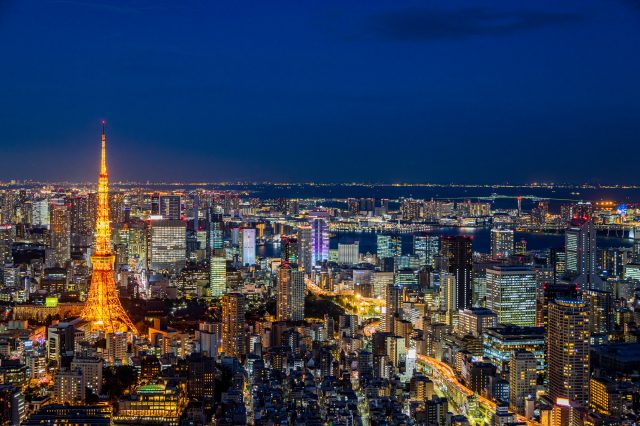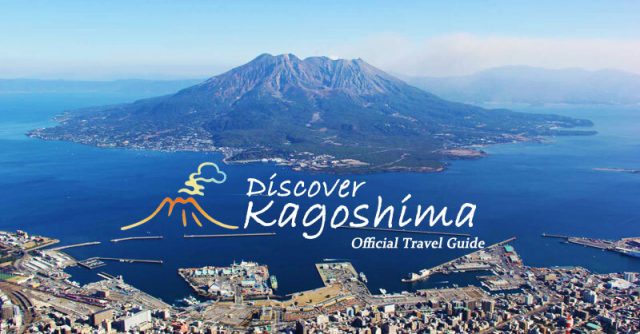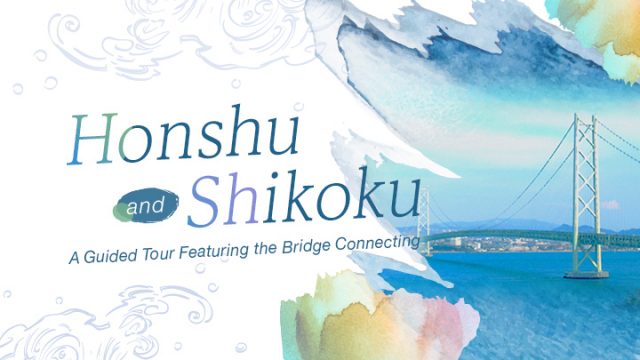Okunitama Shrine, with a history stretching back about 1900 years, is where Okunitama-no-Okami, the deity protecting the Musashino area, is enshrined. Musashino was a vast area including modern-day Tokyo City, Saitama, and parts of Kanagawa. Inside the shrine grounds are several smaller shrines, each one granting its own blessing. It's said to offer various blessings, particularly those for warding off evil and matchmaking.
Behind the main shrine is a sacred gingko tree dating back over 1,000 years. It is said to be the power spot with the greatest impact inside Okunitama Shrine!
Stretching the entire length of about 500 meters from Keio Fuchu Station, the shrine approach is lined with about 120 Japanese Zelkova trees. Called Babadaimon no Keyaki Namiki, this is designated as a national natural monument in Japan.
Taking place mainly on May 5, the Kurayami Matsuri is a festival featuring floats and large Taiko drums. Many people gather for the lively highlight, a parade of floats being pulled throughout town.


